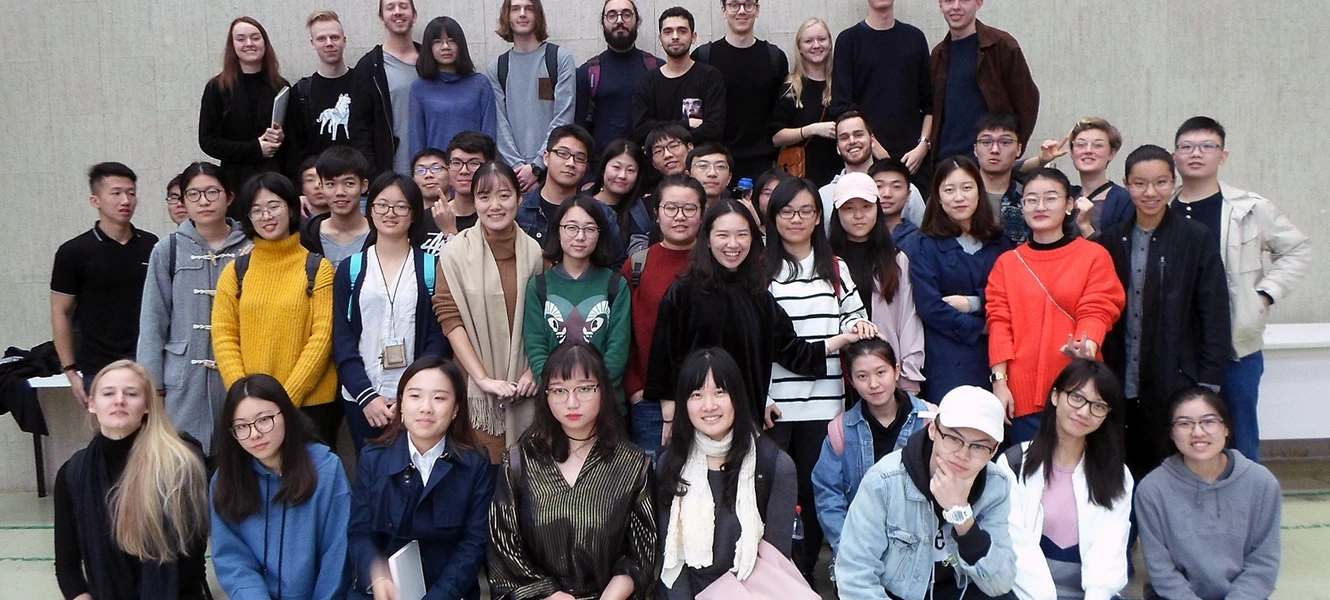
Design that moves
Inspired by The World Urban Campaign and their concept of City Changers, 14 Communication Design and Industrial Design students from Design School Kolding have traveled to China to complete a four-week course with 40 Industrial Design students from College of Design and Innovation, Tongi University Shanghai focusing on mobility and circular economy.
The question they are there to answer is this: How might we design a service, system or scenario for the future concerning (urban) mobility, or (private) transportation, addressing the major societal and urban problems we are facing locally, while inspired by, and/or embedding the principles of Circular Economy?
Design and designers can act as catalysts for behavioural change in at least three ways. The first is value creation: Designers have the capability to recognise unusual opportunities to create value, particularly intangible ones. The second is empathy: Companies normally think of users in terms of market segments. Designers explore potential needs of people. User centred research leads to valuable insights. Finally, there is visualisation: Designers have the ability to visualise (validate and adjust) ideas.
About service design
Service Design takes its point of departure in the development of systems and services related to the user and a given problem. The designer must be knowledgeable about how the user’s needs can be converted into a concrete design concept.


